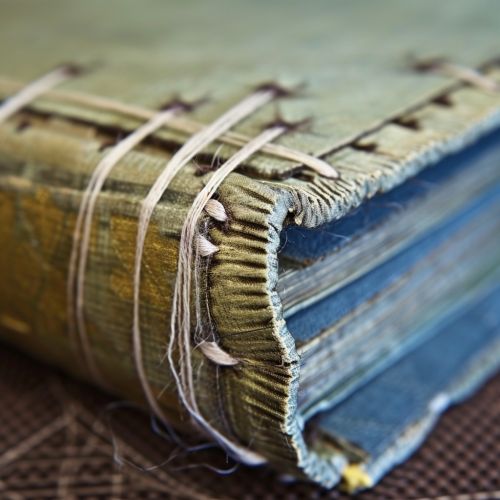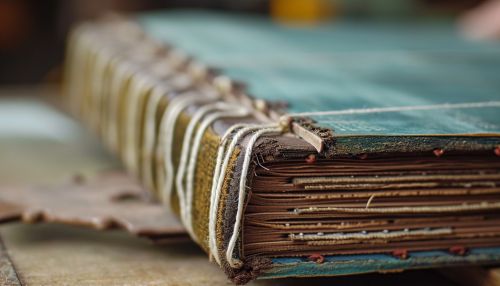Book Binding
Introduction
Book binding is a process that involves the assembling of printed or written pages within covers to form a book. This process has a rich history, with various methods and materials used over the centuries, from the traditional hand-binding techniques to the modern automated methods.


History of Book Binding
The history of book binding dates back to the ancient times, with the first known bound books appearing in the 1st century AD. The codex, a bound book with pages made from papyrus or parchment, replaced the earlier scrolls and tablets due to its portability and ease of use. In the Middle Ages, the art of book binding took a significant leap forward with the introduction of illuminated manuscripts. These were hand-made books, often religious texts, that were decorated with gold or silver, vibrant colors, and intricate designs.
Traditional Book Binding Methods
Traditional book binding methods are often categorized into two types: hardcover and paperback binding.
Hardcover Binding
Hardcover binding, also known as case binding, involves the use of rigid covers made of cardboard covered with cloth, paper, or leather. The pages are sewn together in sections, which are then glued to the spine of the book cover. This method is typically used for books that are intended to be durable and long-lasting, such as reference books and luxury editions.
Paperback Binding
Paperback binding, also known as softcover binding, involves the use of flexible paper covers. The pages are usually glued together at the spine with a strong yet flexible adhesive, in a process known as perfect binding. This method is typically used for books that are intended to be lighter and more affordable, such as novels and textbooks.
Modern Book Binding Methods
Modern book binding methods have evolved to become more efficient and cost-effective, thanks to the advancements in technology. These methods include perfect binding, spiral binding, and saddle-stitch binding.
Perfect Binding
Perfect binding is a widely used method for paperback books. In this method, the pages and cover are glued together at the spine with a strong yet flexible thermal glue. The other three sides of the book are then trimmed as needed to give them clean "perfect" edges.
Spiral Binding
Spiral binding, also known as coil binding, involves the use of a plastic or metal coil that is threaded through holes punched along the edge of the pages. This method allows the book to lay flat when open, making it suitable for manuals, notebooks, and cookbooks.
Saddle-Stitch Binding
Saddle-stitch binding involves the use of staples along the middle fold of the pages. This method is typically used for smaller booklets, brochures, and magazines.
Book Binding Materials
Various materials are used in the book binding process, each serving a specific purpose. These include paper, glue, thread, and bookbinding cloth.
Paper
Paper is the primary material used for the pages of the book. The quality and type of paper can greatly affect the look and feel of the book.
Glue
Glue is used to bind the pages together and to attach the cover to the book. The type of glue used can vary depending on the binding method and the type of book.
Thread
Thread is used in some binding methods to sew the pages together. This is often used in conjunction with glue to provide a strong and durable bind.
Bookbinding Cloth
Bookbinding cloth, also known as book cloth, is used to cover the hardcover books. It is typically made from cotton and is coated with a layer of starch and latex to make it resistant to water and dirt.
Conclusion
Book binding is a complex and intricate process that requires skill and precision. Whether it's a traditional hardcover book or a modern paperback, each book is the result of careful craftsmanship and attention to detail. Despite the rise of digital books, the art of book binding continues to thrive, preserving the tactile and aesthetic appeal of physical books.
